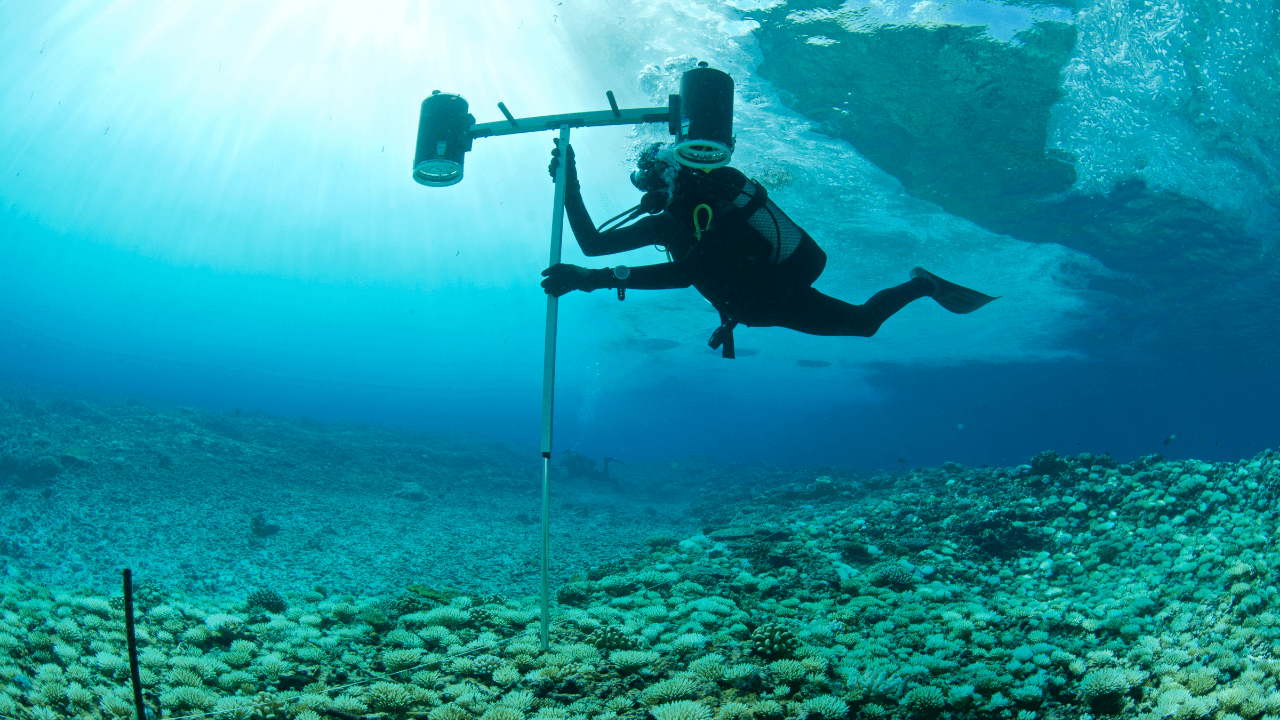The Great Pacific Garbage Patch, which stretches for 610,000 square miles between California and Hawaii, consists of tons of microplastic, nets, bottles, and now, coastal life.
According to Eco Watch, scientists found animals such as anemones and hydroids living on plastic.
“Floating plastic debris from pollution now supports a novel sea surface community composed of coastal and oceanic species at sea that might portend significant ecological shifts in the marine environment, the study authors wrote.”
While coastal species could travel across the ocean, they couldn’t find a permanent home on the waves. This changed with plastic pollution.
The first instances of coastal species living on foreign matter happened in 2011 when a tsunami in Japan dumped millions of debris into the ocean. Not only did coastal species survive for years on debris, but they traveled thousands of kilometers and reproduced.
The open ocean hasn’t been a permanent home for coastal species before, so there are many unanswered questions, such as what this will mean for ocean life. Also, coastal species are traveling for thousands of miles on these oceanic rafters, and they are reaching protected and vulnerable areas. It isn’t known what impact this will have.
Plastic pollution is going further than ingestion and entanglement. It’s changing coastal species biogeography.
More inspiring green news similar to this:


